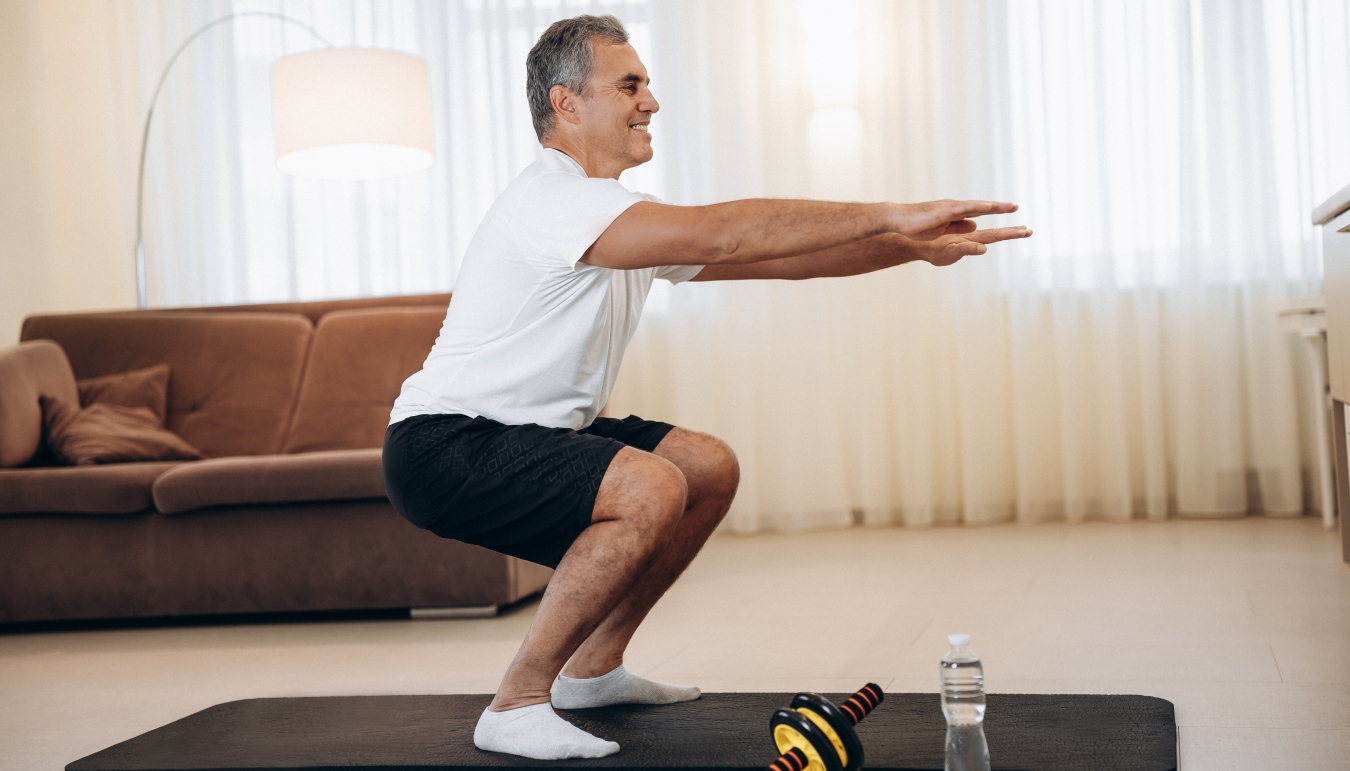Stay Active, Stay Strong: Exercise Routines for Optimal Bone Health
- byAdmin
- 27 August, 2024
- 20 Mins

Physical activity is essential for our well-being. Regular exercise may enhance your mental health, protect your brain and heart, aid your weight management, and reduce disease risk. However, exercise routines can also significantly improve your bone health.
Why is Exercise Vital for Strong and Healthy Bones?
Bones offer structural support, protection, and mobility to our bodies. However, bones lose their density as we age due to an imbalance in bone resorption and production. This causes osteoporosis, a bone condition that leads to brittle and weakened bones prone to fractures.
Bones lose their density as we age due to an imbalance in bone resorption and production. This causes osteoporosis, a bone condition that leads to brittle and weakened bones prone to fractures..
So, as we age, protecting our bone health becomes more important. Physical activity is crucial for maintaining healthy and strong bones and promoting overall bone health.
However, the foundation for healthy bones is established early in life. Therefore, it is critical to encourage children to include physical activity in their daily routines from a young age.
Which Exercises Promote Bone Health?
Weight-bearing, resistance, and balance training exercises are most beneficial for improving and maintaining bone health.
- Weight-bearing exercises such as jogging, playing racket sports, or dancing put pressure on the bones, forcing them to work harder.
- Resistance training exercises, or weightlifting, involve adding resistance to movement to increase the workload on muscles. This helps strengthen muscles while also pressing the bones, promoting bone strength.
- Balance exercises such as tai chi, yoga, and Pilates improve balance and coordination, reducing the risk of falls and bone fractures.
The Power of Exercise: 6 Incredible Benefits for Healthy Bones
Here are six important reasons why regular exercise is essential for bone health.
- Increased Bone Density
Bone density determines the strength and thickness of our bones. Regular exercises such as brisk walking, jogging, running, hiking, dancing, and other weight-bearing activities place mechanical stress on your bones, requiring them to support your body against gravity. This signals your bones to produce more bone tissue and become stronger, resulting in firmer, denser bones over time. - Joint Health
Joints are skeletal parts necessary for movement. Yoga, swimming, water aerobics, and cycling are all low-impact exercises that help keep joints flexible and healthy. - Improved Balance and Coordination
Gentle stretching and strengthening in balance exercises like step-ups, yoga, Pilates, or heal-to-toe-walk help maintain bone mass and flexibility and improve balance and coordination, reducing the risk of falls and fractures. - Muscle Strength
Muscles support our bones and joints. Resistance activities such as weightlifting or bodyweight workouts build muscle strength and improve their connection to our bones, protecting them from damage and reducing your chance of falling. - Exercise Stimulates Bone Remodelling
Our skeleton is an active organ, meaning our bones constantly eliminate old bone tissue and generate new bone tissue, a process called remodelling. This process occurs throughout life, and physical activity is vital in stimulating it. - Physical Activity Helps Maintain Bone Health
As we age, our bones lose their density, which makes them more prone to fractures and osteoporosis. Regular exercise stimulates bone growth, helping you maintain bone health and slowing down age-related bone loss.
Takeaway
You may protect your bone health by including weight-bearing activities, muscle-strengthening exercises, and even low-impact techniques in your daily routine.
However, balancing exercise and rest is necessary, as is finding an exercise routine that matches your needs and fitness level.


